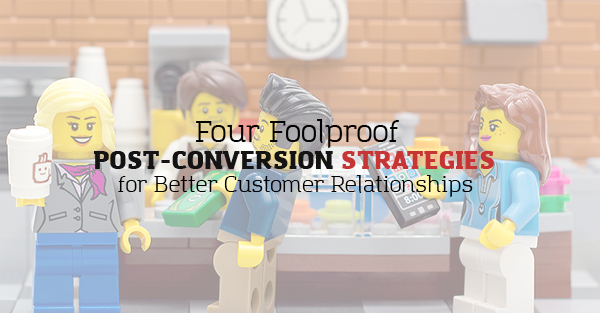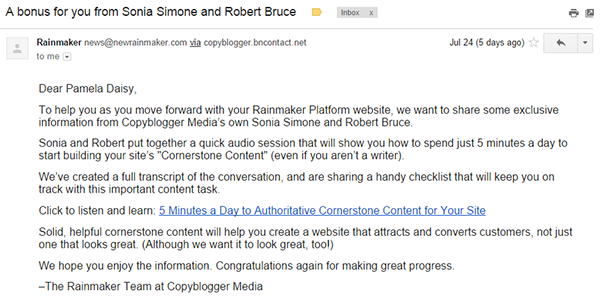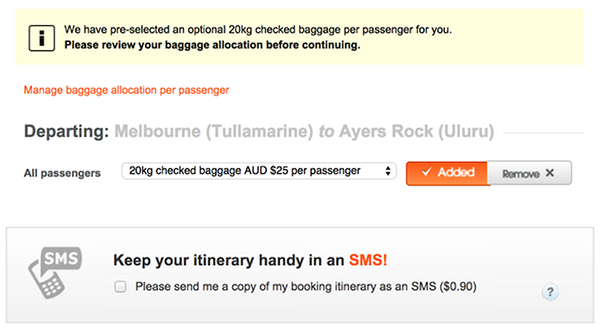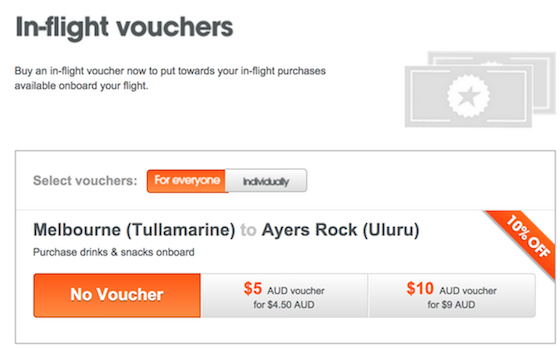Four Foolproof Post-Conversion Strategies for Better Customer Relationships

As I was reading Copyblogger’s “Internet Marketing for Smart People,” I was reminded of the importance of relationships.
“You know the old cliché, right? “Content is king?”
Well, it’s wrong.
Content matters, and content is a pillar of the “Internet Marketing for Smart People” method. But content isn’t king.
Relationships are king.”
-Sonia Simone
We build relationships with our market, because they are our asset – in fact without the market, there is no business at all.
“In a great market — a market with lots of real potential customers — the market pulls product out of the startup… The product doesn’t need to be great; it just has to basically work. And, the market doesn’t care how good the team is, as long as the team can produce that viable product.”
-Marc Andreessen, On Product/market Fit for Startups
Sadly, in the process of converting visitors to customers, we often think that once they are converted, our job is over, and we should only focus on other visitors that aren’t converting yet. Neglecting the fact that we should build constant relationships with our existing product consumers as well.
Understanding Post-Conversion Events for Strong Relationships
In an experiment conducted by researchers from Carnegie Mellon and Stanford published in the Journal of Consumer Research, they saw what happens in the brain before and after we buy things.
There’s an area in our brain called nucleus accumbens (aka “pleasure center”), that has dopamine that gets stimulated and released whenever we see products or services that we like, thus making us feel happy and excited.
Another area of the brain is called insula, and it may or may not increase neural firing when we see the price of a product. If there is no neural firing from the insula, it is the nucleus accumbens that will function and push us to buy the product.
But it’s only after we purchase a product do we experience buyer’s remorse.
[bq1]
Buyer’s remorse – source: Wikipedia
Buyer’s remorse is the sense of regret after having made a purchase. It is frequently associated with the purchase of an expensive item such as a car or house. It may stem from fear of making the wrong choice, guilt over extravagance, or a suspicion of having been overly influenced by the seller.[bqc]
We don’t like our market to experience this, but if they do, our solution should be to stop them from feeling it.
Post-Conversion Strategies for Better Customer Relationships
Our goals as sellers, or service providers are to fire up customers’ endorphins, to make them happy again, to reassure that they made the right decision, and of course to build a lasting relationship with them.
Here are four strategies that you can use to make your customers love you more.
1. Allow them to give you feedback
Giving your customers a chance to give comments, opinions or suggestions to improve your products is one way to make them feel that they are not just consumers, but actually part of the product development. And that’s very important, especially if you want to keep them as your customers.
You have to make them feel valued.
While disregarding the importance of customer feedback worked for Apple, it just doesn’t work for most companies, especially for startups.
Until you’re not as awesome as Apple, ask for feedback.
Ways to get feedback:
a. Through surveys
I believe that the best way to get feedback is through the form of surveys – it’s easy to understand, easy to answer, and doesn’t take much time (if you keep it under 10 questions).

There are tools that you can use to create simple and easy to understand surveys, like SurveyMonkey, Qeryz, and Google Forms.
b. Through email
A simple email asking for a short feedback can definitely help you with developing your products. It’s also a way to personally thank them for giving your product a try.

Asking for feedback after a product was purchased is not only helpful in terms of improving your products or services, but also with highlighting their value as a customer, which will then turn to better relationships.
2. Offer a bonus
I recently purchased Rainmaker, and I must say that it’s really a good platform. Although I didn’t experience buyer’s remorse since I was more than convinced that it’s worth every penny I spent, Copyblogger offering a bonus after you purchase any of their plans is a good way to build a lasting relationship.

What’s more interesting though is that in the same study published in the Journal of Consumer Research, they found out that when a freebie is given for buying an expensive or luxury good, consumers deem the freebie as a higher product, resulting to consumers being more than willing to pay more for the item on its own.
3. Keep in touch
This might take your time, but coming up with newsletters that you can send to your customers once in a while is a good way to keep them updated with your products, its latest developments, and your plans in the future.
You can also take this opportunity to address their questions or concerns about your products (maybe through email, social media, or even snail mail) – showing that you care, and that it’s easy to reach out to you.
As long as you’re being human, people will trust you, they will love you, and they will keep you, and who knows, they might recommend your products too.
4. Upsell
It may not sound right, but the truth is it actually works.
A lot of companies do this.
Like Jetstar Airways and…

 Evernote.
Evernote.

But it’s not like you’re just going to ask them to upsell after purchasing. You need to understand their needs, what their pain points are, and how you can address it.
If you don’t see the need to upsell, then don’t do it, at least not yet. Because if your goal is to build a strong relationship (which will lead to better sales in the future), then invest in analyzing your customers purpose for buying your products first.
What particular plan suits them?
Do they need extra or add-ons?
It’s when you learn to address these concerns that you’re actually showing care and value to your customers, and that’s all they need to trust you.
Final thought
Sometimes, we take the importance of post-conversion for granted. We focus on the initial sales, and not on the possibility of a long term relationship with your existing customers, which can lead to more sales in the future.
But conversion is not a funnel, rather, it’s a cycle. And purchase is not the end point, in fact it can only be the start.






